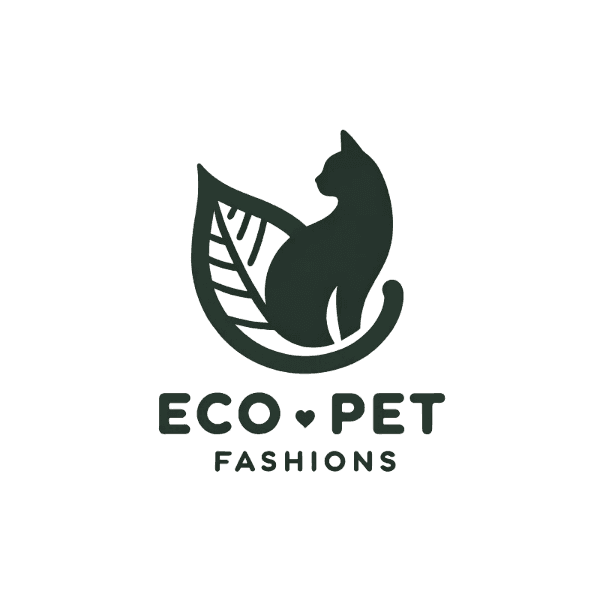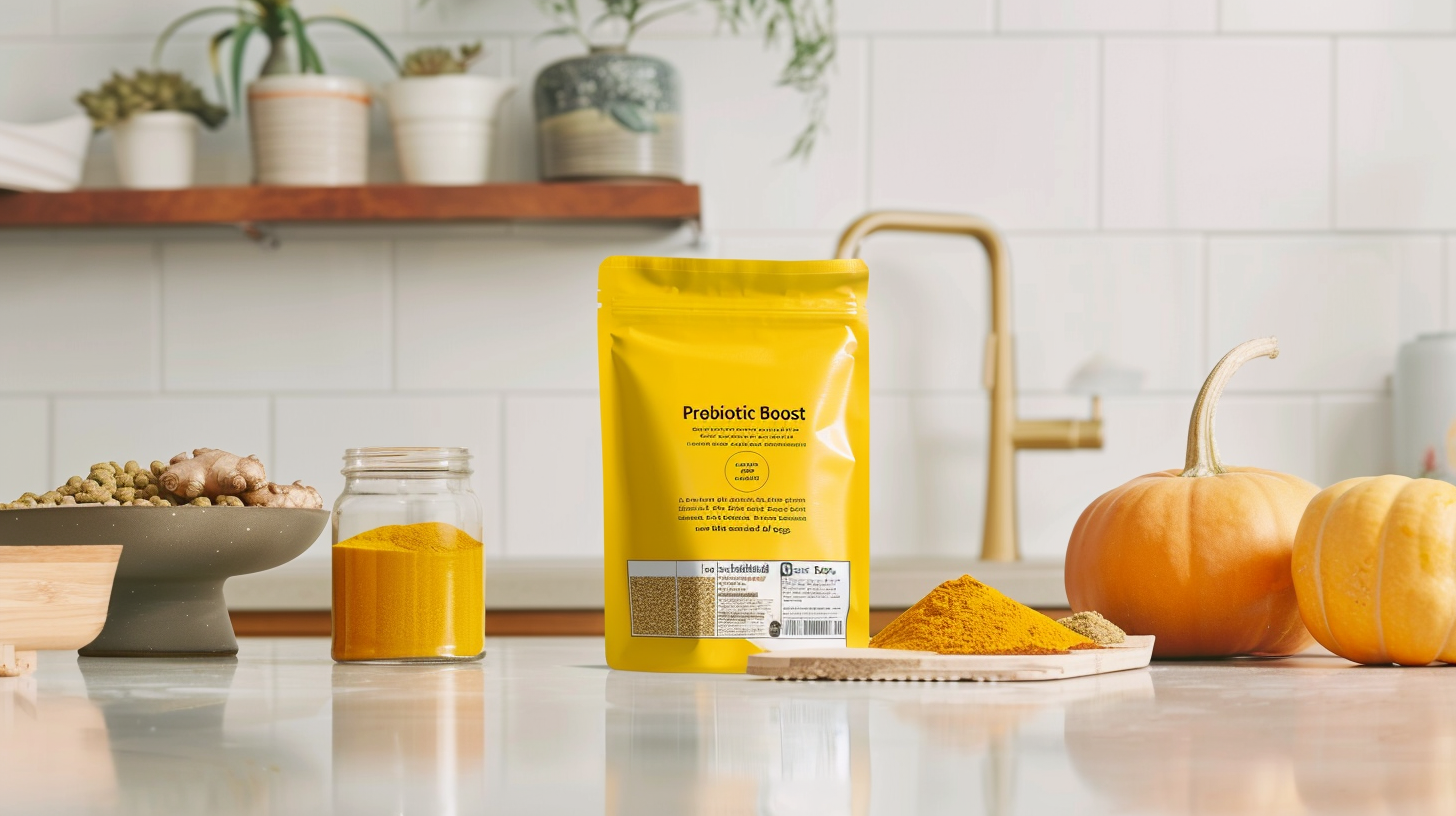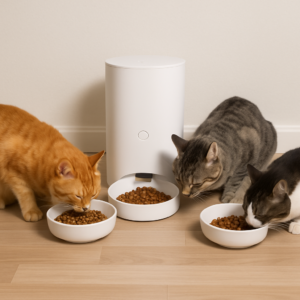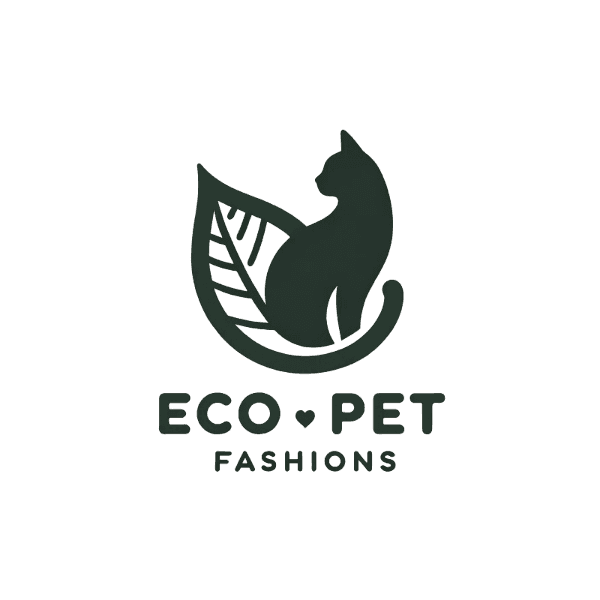Have you ever caught yourself reading the ingredient list on your dog’s food and thought, “Wow, my dog eats healthier than I do”? Well, you’re not alone! Pet owners everywhere are treating their pets like family, and that means no more mystery-meat kibble. But what does the future hold for this booming pet food industry? Let’s just say it’s more than gourmet dinners for your furry friend. Get ready to chew on some interesting insights about the future of the pet food market and its tasty potential!
The Growing Appetite for Pet Food: Why You Should Care

Pet owners are pouring more money into their pets than ever before, and it’s not slowing down. If you’re wondering how big this market is going to get, hold onto your hats (and your pet’s leash). The pet food market is forecasted to grow from $51 billion in 2023 to a whopping $73 billion by 2027. That’s a compound annual growth rate (CAGR) of nearly 10%! Why the surge? It’s simple: pet owners see their pets as more than just animals—they’re family. And just like us, they deserve the best, right? Pet parents are willing to shell out serious cash for high-quality, premium pet food that’s not only tasty but packed with health benefits.
But don’t just look at the pet food sector in isolation—the entire pet industry is thriving. It’s predicted to balloon from $320 billion today to nearly $500 billion by 2030. That’s more dog beds, scratching posts, and eco-friendly toys than ever before. If you’re in the business of making pets happy, you’re sitting in the right kennel!
What’s Changing? Key Trends in the Pet Food Market
It’s not just about growth—there are some fascinating trends shaping the future of the pet food market. From gourmet options to sustainable solutions, the pet food industry is evolving faster than your dog can chase its tail.
1. Premiumization: For Pets with Expensive Tastes
Just like how some of us prefer artisanal sourdough over store-bought bread, our pets are developing refined palates, too—well, their owners are, at least. Pet food premiumization is one of the strongest trends. In an era where people are more conscious about what they eat, it makes sense that they’d be just as picky about what their pets consume. From organic ingredients to grain-free and tailored nutrition plans, premium pet foods are designed to cater to the unique needs of every pet.
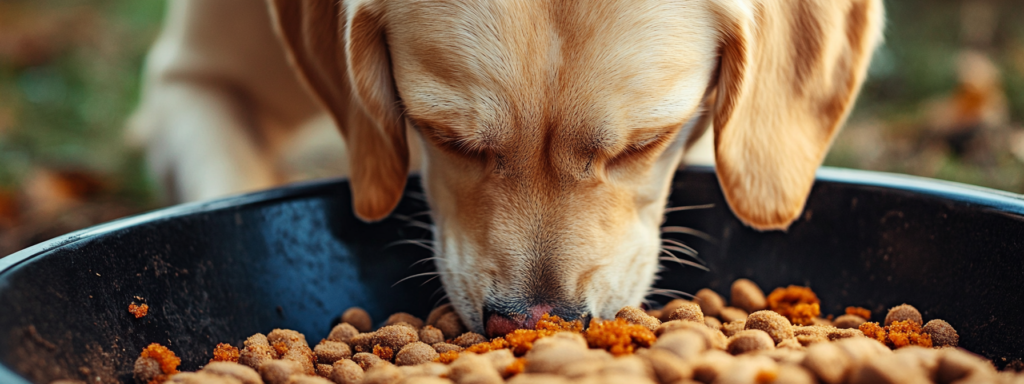
Personalized subscription boxes that deliver meals based on your pet’s age, breed, and health goals are also becoming more common. Imagine Fido getting a delivery of fresh, customized meals every week! Premiumization isn’t going anywhere, even with economic downturns. Pet parents are showing that when it comes to their pets’ well-being, they’ll pinch pennies somewhere else before cutting back on high-quality food.
2. Sustainability: A Growing Focus on Green Feeding
Move over meat-and-potatoes—pets are getting a greener diet. Sustainability is not just a buzzword in human food industries anymore; it’s wagging its tail in the pet food market, too. As pet owners become more environmentally conscious, they’re demanding that pet food brands reduce their ecological footprint. What does this mean for the future? Think innovative protein sources like insects or plant-based ingredients that have a lower environmental impact than traditional meat production.
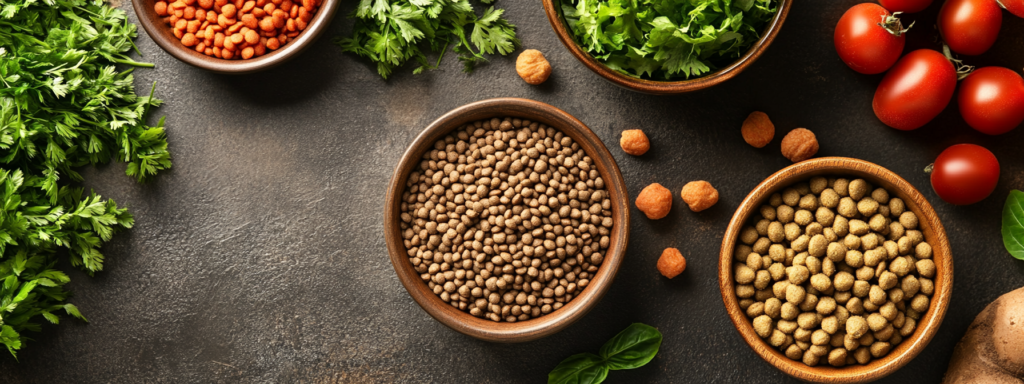
In addition to alternative proteins, companies are now focusing on biodegradable packaging to reduce waste. It’s not just about what’s in the food—it’s how the food gets to your pet that matters, too. If brands can successfully balance sustainability with nutrition, they’ll have more than just happy pets—they’ll have loyal customers for life.
3. Health and Wellness: Pet Nutrition is the New Human Nutrition
As pet owners, we’re increasingly “humanizing” our pets, treating them as members of the family. As a result, we’re just as concerned about their health as we are about our own. The rising trend of functional pet foods, which are designed to offer health benefits like improved digestion, joint support, or even immune-boosting ingredients, is here to stay.

From probiotics to superfoods, pet food companies are rolling out products that target specific health concerns. This trend mirrors human food trends, where consumers are turning to “functional foods” that offer more than just calories. Pet owners want to ensure their furry companions live long, healthy lives—and they’re willing to invest in it. The more people see pets as family, the more pet food companies will need to cater to individual health needs.
The Roadblocks: Challenges on the Horizon
While the pet food market is poised for growth, it’s not without its challenges. Here are some hurdles that companies will need to leap over to stay on top of their game.
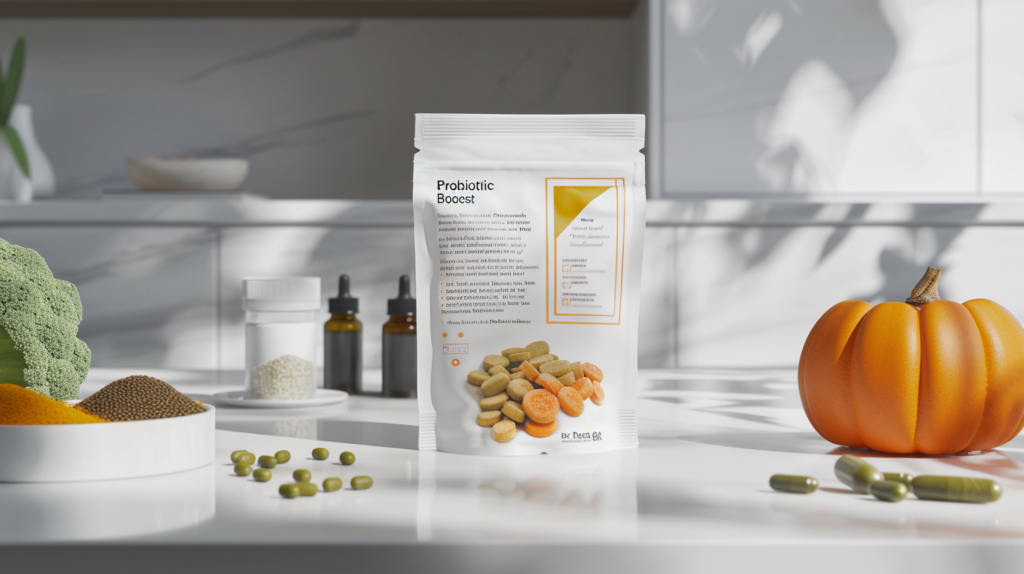
1. Economic Pressures: Pinching Pennies, But Not on Pet Food
The global economy is shaky, and with inflation on the rise, consumers are feeling the pinch. However, while people are still willing to spend on their pets, there is a limit. As prices rise, some pet owners may shift towards more affordable brands, even if they prefer premium options. This presents a dilemma for high-end pet food companies: how do you keep customers when budgets tighten? Striking the right balance between quality and affordability will be key to staying competitive in an uncertain market.
2. Market Saturation: Standing Out in a Crowded Field
The pet food industry is becoming increasingly competitive. With a slow-down in pet population growth in many regions, companies are vying for the same customer base. This could lead to market saturation, where only the most innovative and well-positioned brands will survive. To succeed in this environment, pet food companies need to differentiate themselves through unique products, superior quality, or better customer experiences.
3. Supply Chain Challenges: Keeping the Bowl Full
Like many industries, the pet food market is vulnerable to global supply chain disruptions. From ingredient shortages to shipping delays, ensuring a steady flow of products can be tricky. As pet food becomes more specialized with unique ingredients, maintaining a reliable supply chain will be crucial to meeting demand.
So, Where Does the Future Lead Us?
As you can see, the future of the pet food market isn’t just about growth—it’s about evolution. The industry will continue to expand, but the companies that thrive will be those that adapt to changing consumer preferences and market conditions. Premiumization, sustainability, and health-focused products will shape the future, but economic pressures and market competition will test every player’s ability to innovate and adapt.
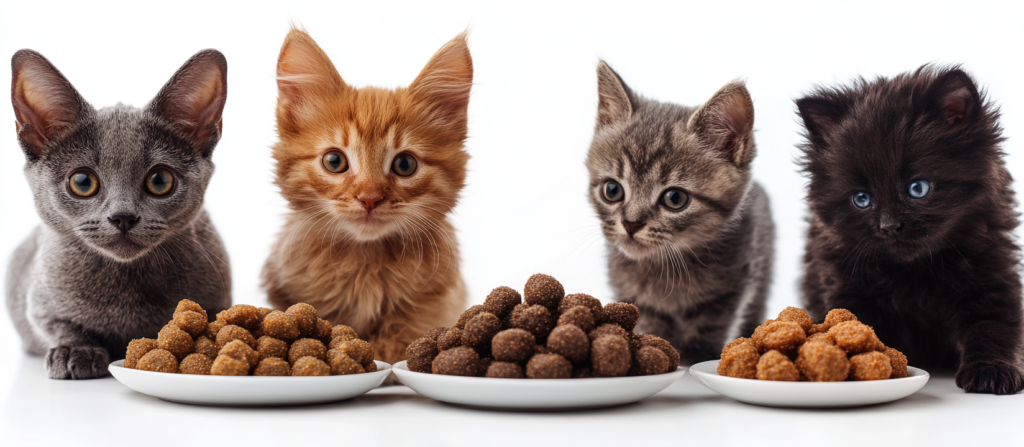
Pet parents will always prioritize the well-being of their pets, and this dedication to health and happiness will keep the pet food industry growing. But it won’t be without its challenges. For businesses in this space, staying ahead of the curve and being ready to respond to the evolving landscape is critical. The ability to offer innovative, high-quality, and sustainable products will be the key to success in the years ahead.
Wrapping It All Up: What’s on the Horizon for Pet Food?
The future of pet food is rich with opportunity, but it’s also fraught with challenges. As the market grows to meet the demands of increasingly discerning pet owners, companies will need to stay agile and responsive. Whether it’s premium food, sustainable practices, or health-boosting ingredients, the pet food of tomorrow will look very different from the kibble of the past. As pet owners continue to treat their pets as cherished family members, the expectations for what goes in that food bowl will only rise.
For businesses ready to innovate, the pet food market is one exciting—and profitable—space to watch.
So, what’s your next move?
Top 10 Pet Food Manufacturers in China
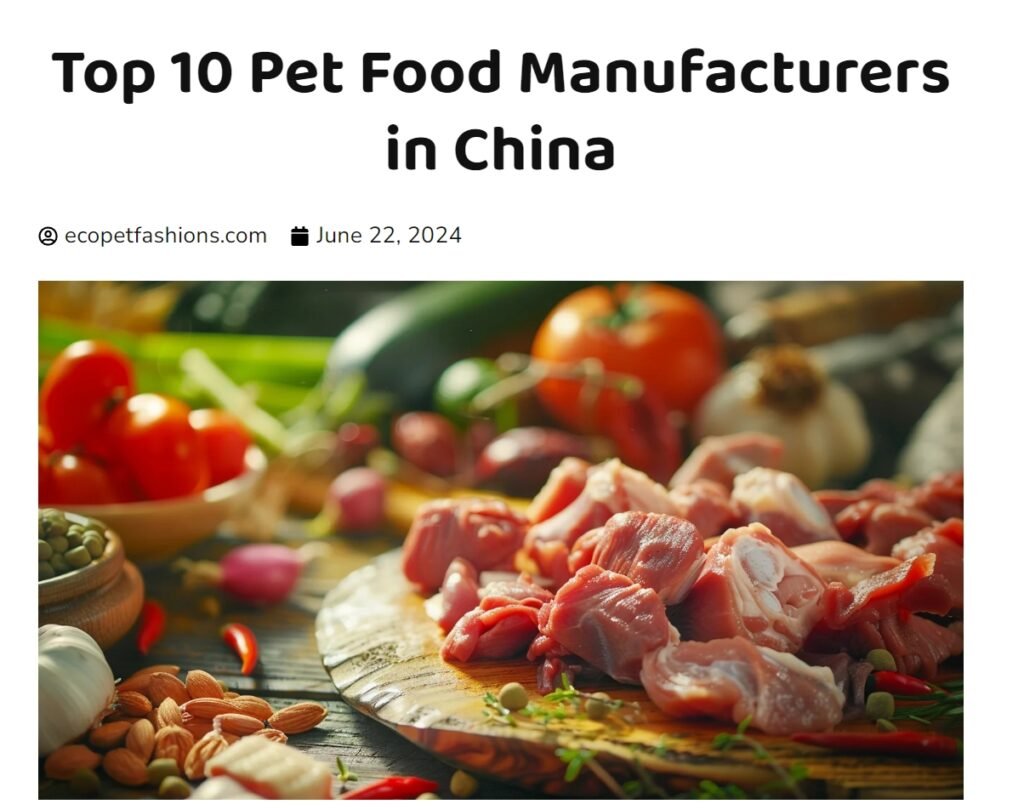
If you’re looking to source pet food suppliers in China, you’re in the right place! China is becoming a key player in the pet food industry, offering a wide range of products that cater to both premium and budget-conscious consumers. Whether you need customized formulations, organic ingredients, or eco-friendly packaging, Chinese manufacturers can provide flexible solutions to meet your specific needs. To learn more about finding the perfect pet food supplier in China, I recommend reading this detailed guide by Li Man, which provides valuable insights into the best practices, key considerations, and top suppliers in the Chinese pet food market.

